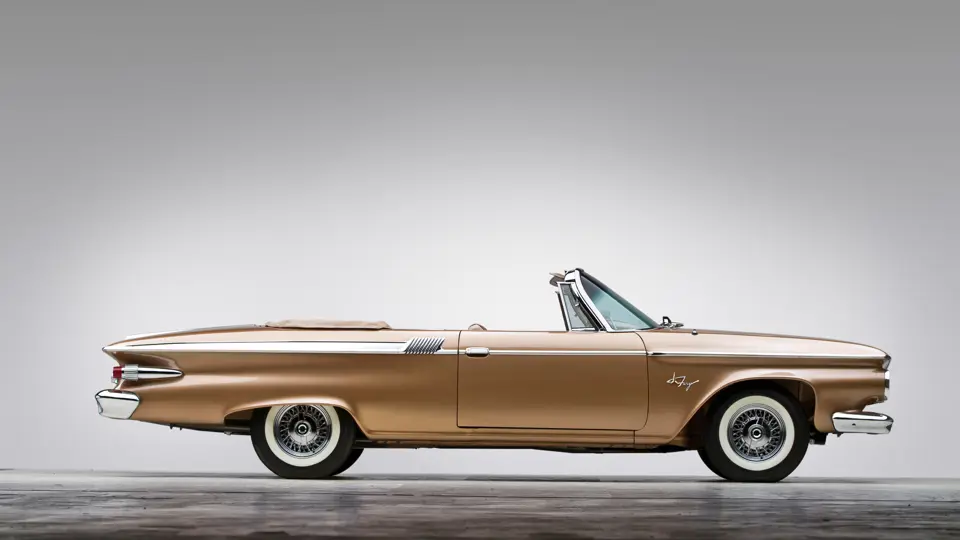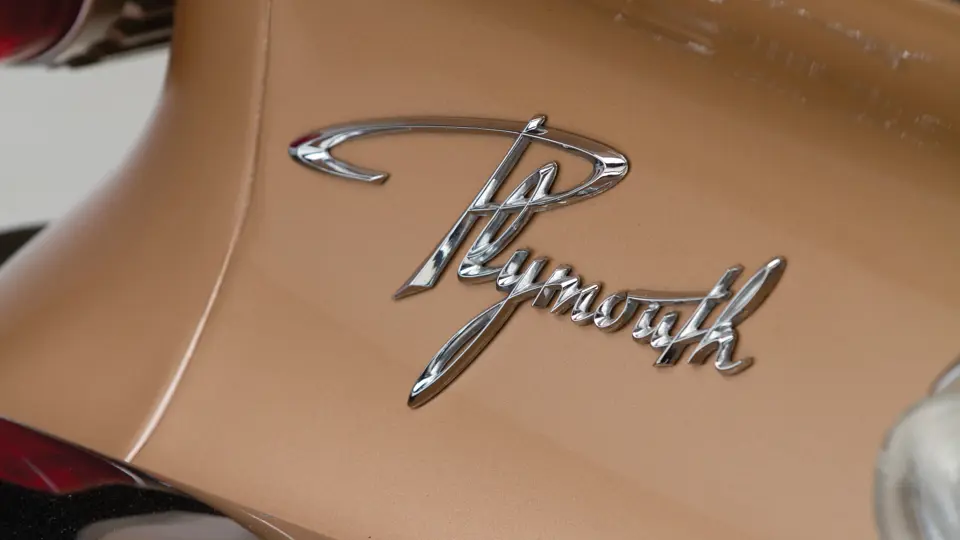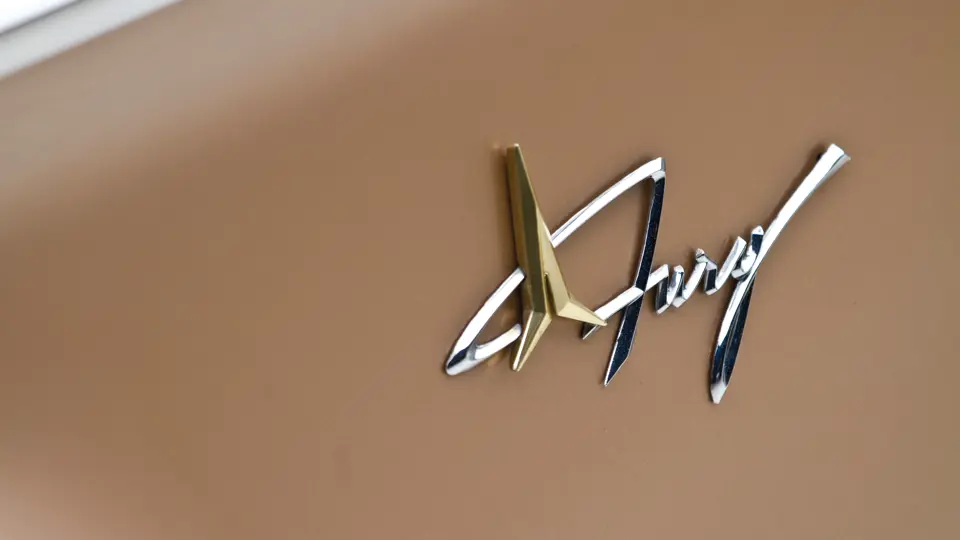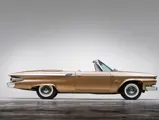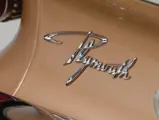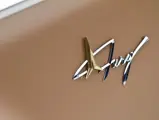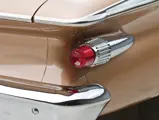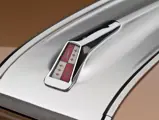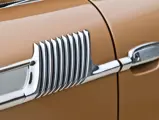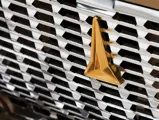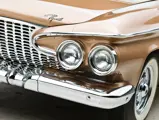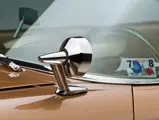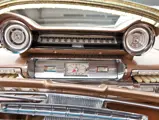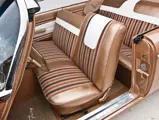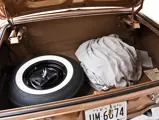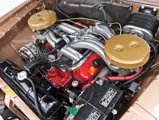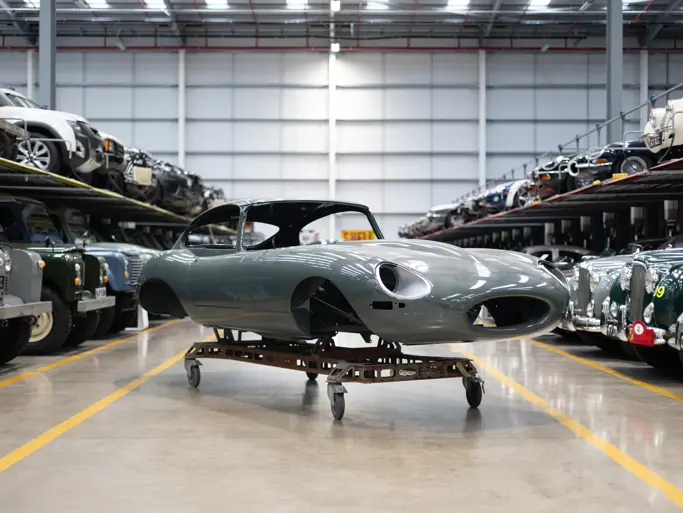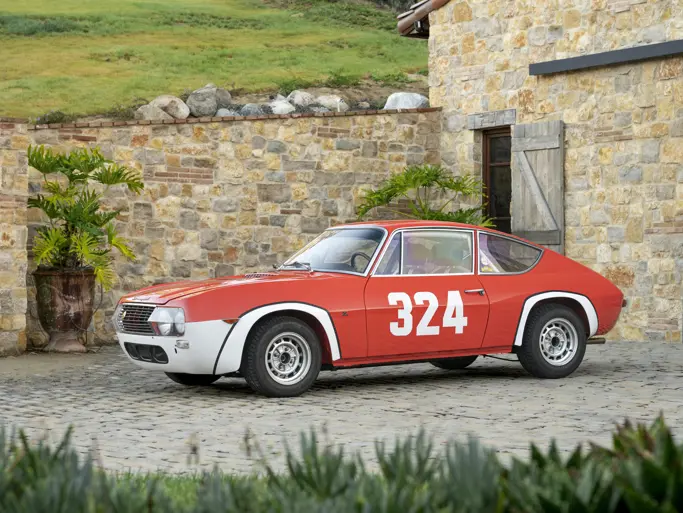An outstanding, fully restored example
Model RP1/2-H. 330 bhp, 383 cu. in. OHV V-8 engine, three-speed Torqueflite automatic transmission, torsion bar independent front suspension, live rear axle with semi-elliptic leaf springs, and four-wheel hydraulic drum brakes. Wheelbase: 118.0 in.
Although Plymouth’s Fury had gone mainstream in 1960, fully absorbed as the top-line series offering coupes, sedans, and a convertible, its role as a prestige performance car had not been abandoned. Although most were built with a two-barrel, small-block, 318-cubic inch V-8, the engine choices ranged from a 225 CID slant six to “Sonoramic” tuned-induction 361s and 383s. For 1961, the choice was extended to a 375 brake horsepower Sonoramic wedge 413.
As in 1960, the Fury line consisted of hardtop coupes and sedans, a four-door “post” sedan, and the convertible. Of equivalent status, but lacking the Fury name, were two station wagons, in six- and nine-passenger versions called “Sport Suburbans.” While the hardtops and sedans were available with six-cylinder or V-8 power, the convertibles and wagons were V-8 only.
Using the same basic unibody as the 1960 models, the 1961 Plymouths were re-styled. The tailfins were gone, in their place, a horizontal theme with rounded edges. The front exhibits an aggressive stance, with quad headlights in vee-shaped coves. Somewhat controversial when new, it has its adherents and detractors still. It was, however, Virgil Exner’s last “full-size” Plymouth. For 1962, the cars were trimmed down by eight inches and lightened up to a quarter ton. The public rebelled, sales sank to eighth place, and Exner was promptly dismissed. By most accounts then, the 1961 Plymouth can be considered Virgil’s last hurrah.
The car offered here from the John Staluppi Collection is equipped with the mid-range Sonoramic Commando 383, with cross ram dual quads developing 330 horsepower. Finished in a luxurious metallic Bronze, it has harmonizing gold vinyl upholstery with beige, orange, and grey cloth insets, and tan carpet with Fury throw mats. It is equipped with the unusual “square-shaped” Deluxe acrylic metal-flake steering wheel, which very purposefully offers better visibility over the top and more clearance at the bottom. Accessories include power steering, power brakes, a remote side-view mirror, a clock, a power top, and an AM radio with power antenna. The latter has been supplanted, however, with a modern Clarion stereo, neatly hidden in the glove compartment. The convertible top, which appears to be in excellent condition, is tan canvas with a matching boot cover.
The condition of the car is exemplary. The contours and paint are both excellent, as is the brightwork, which shows only limited wear. The upholstery is virtually unworn, and the engine compartment is correctly detailed and scrupulously sanitary. Kelsey-Hayes chrome wire wheels with spinner caps and whitewall tires brighten what is otherwise an understated side view.
Convertible production fell by nearly 25 percent from 1960, to 6,948 cars in 1961. It is not recorded how many of these had Somoramic Commando engines, but they can’t have been very numerous. This particular car represents a rare chance to acquire one of the best.





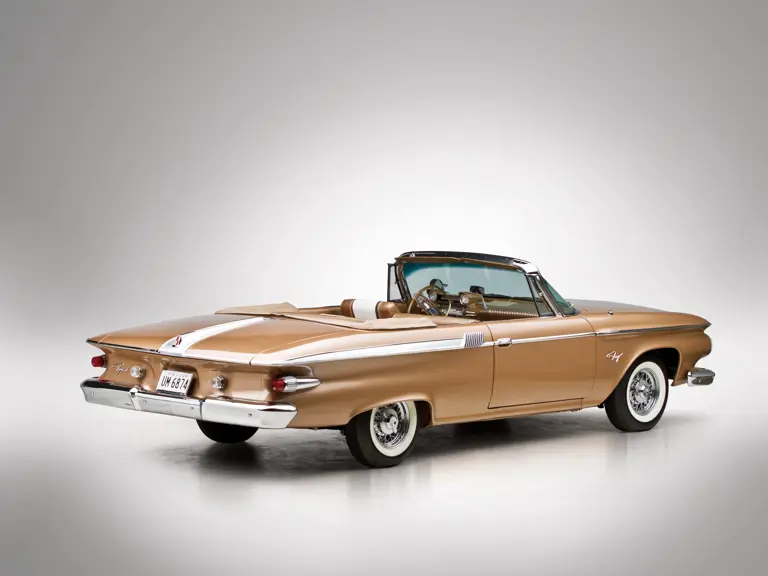

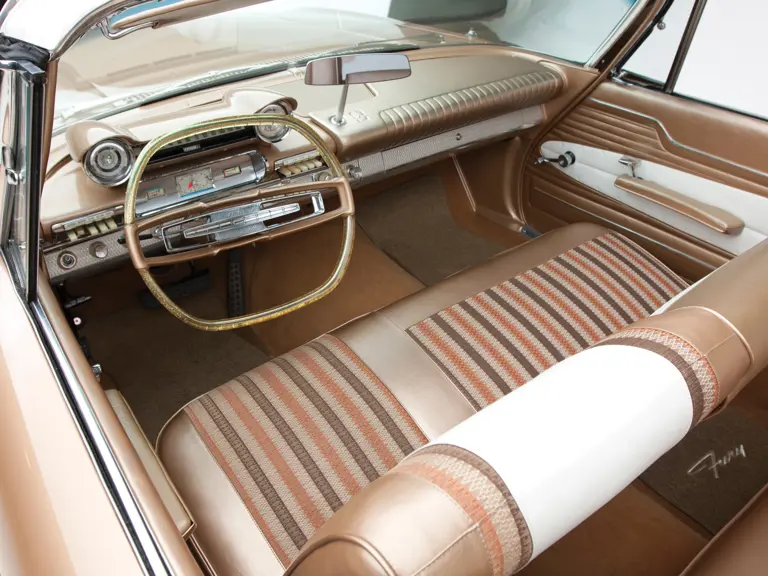
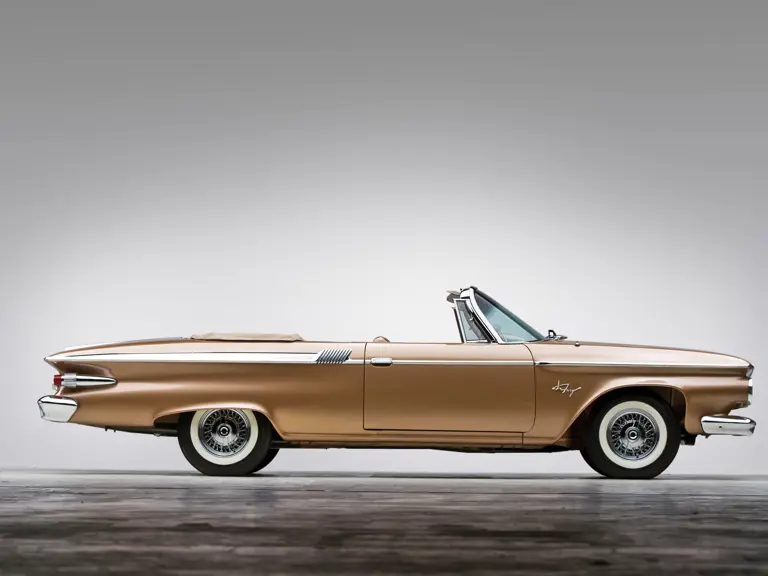
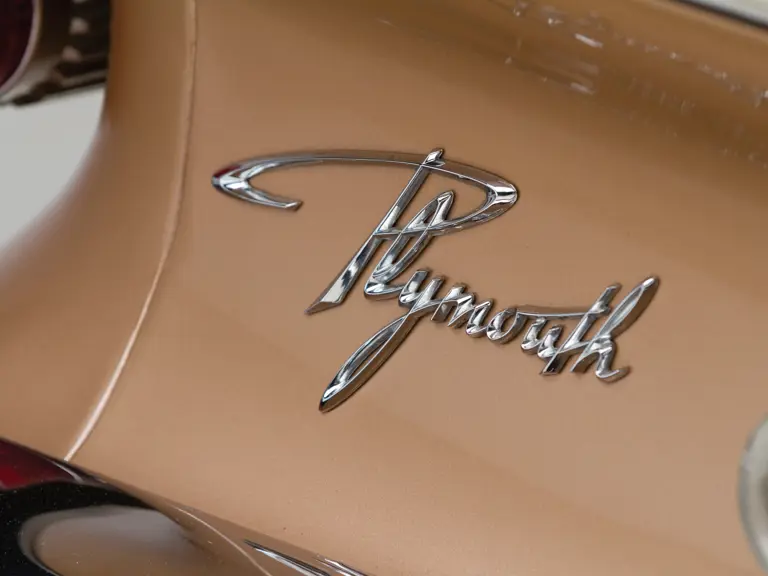
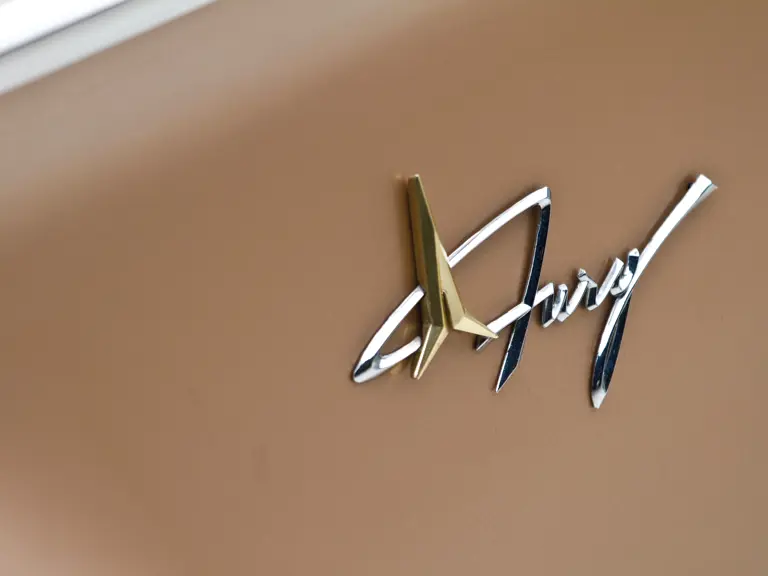
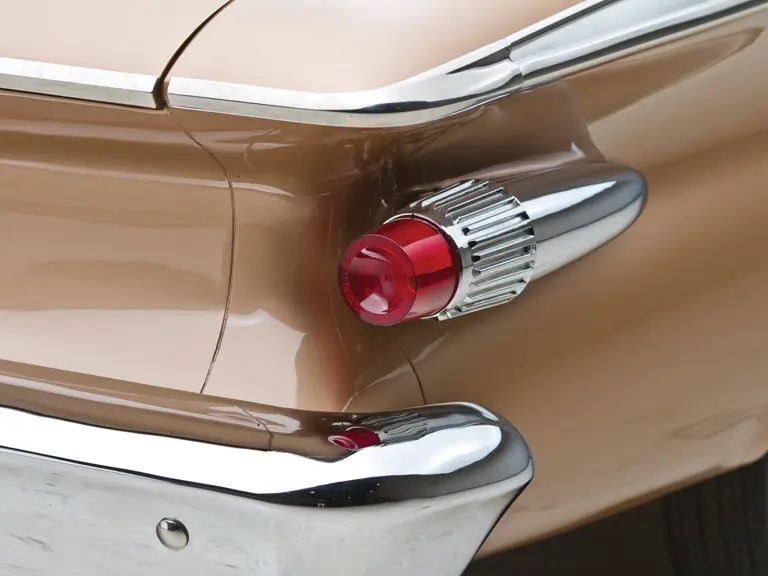
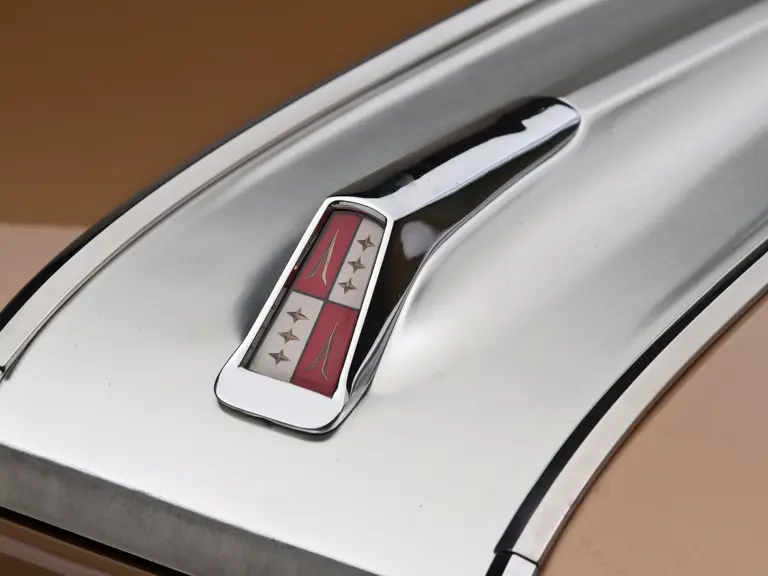

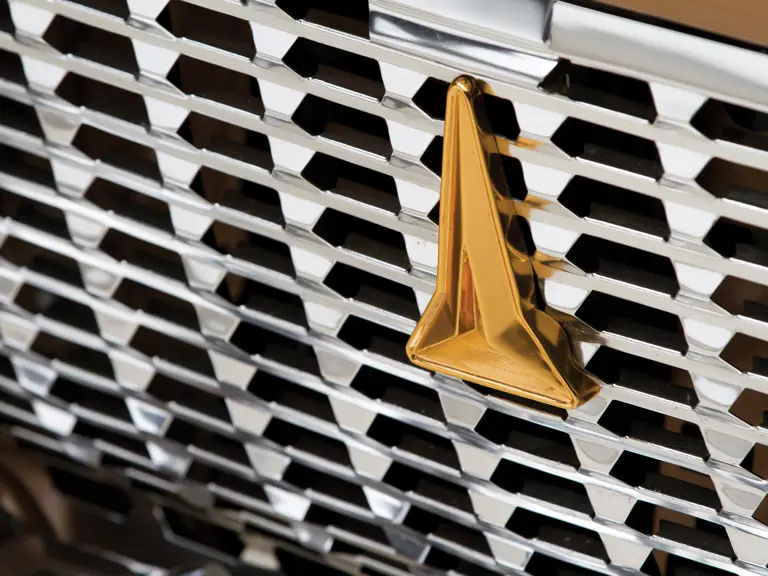
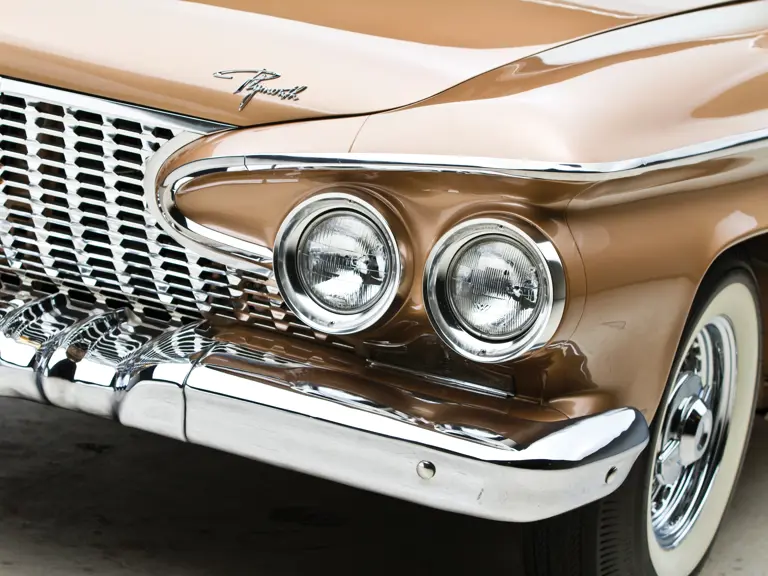
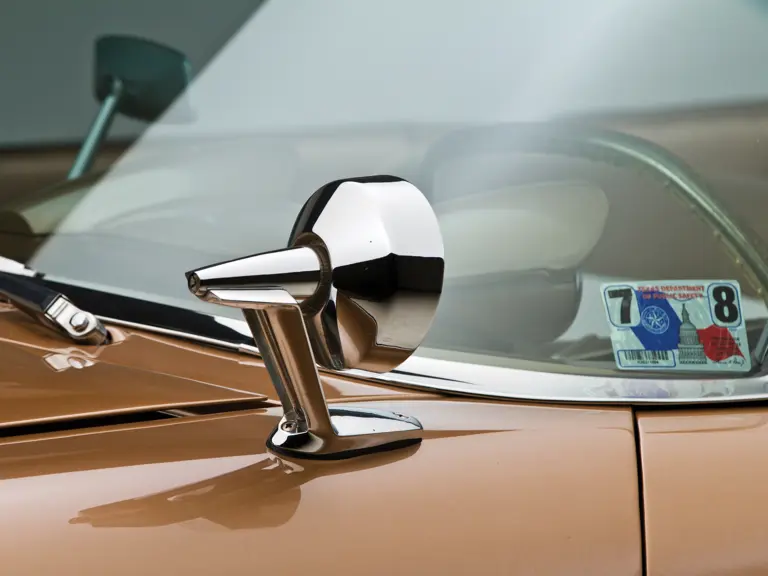
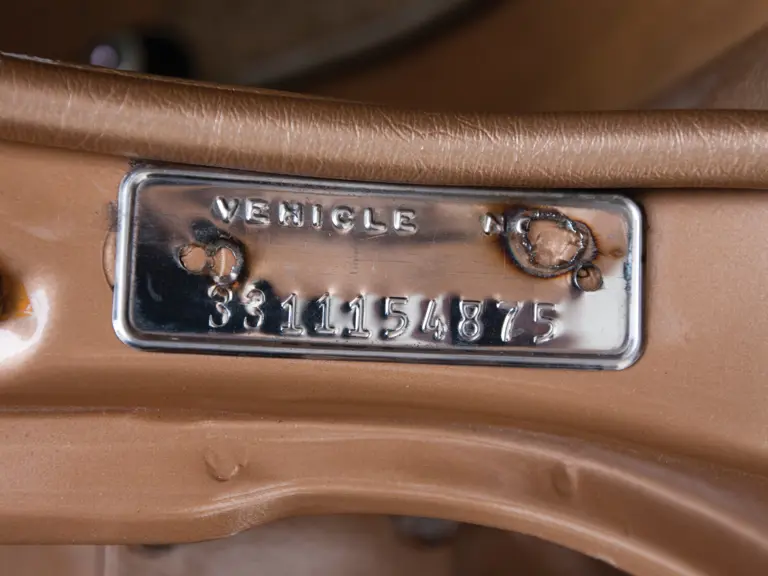
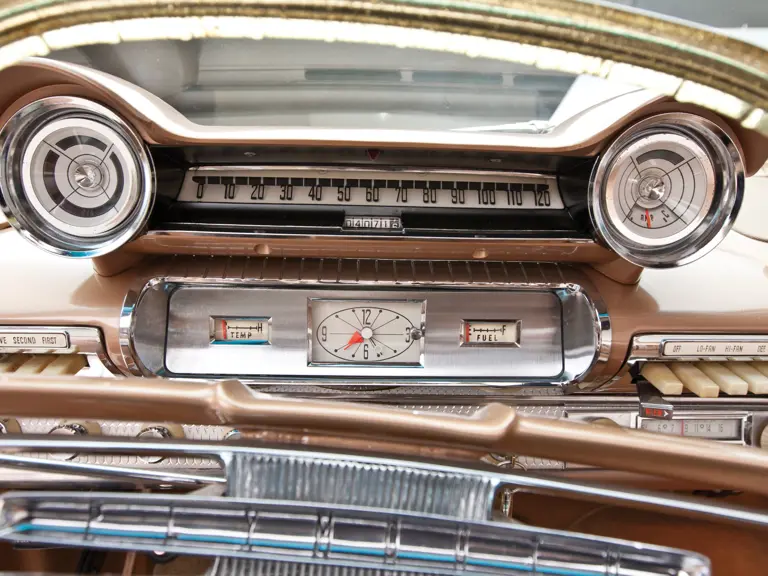
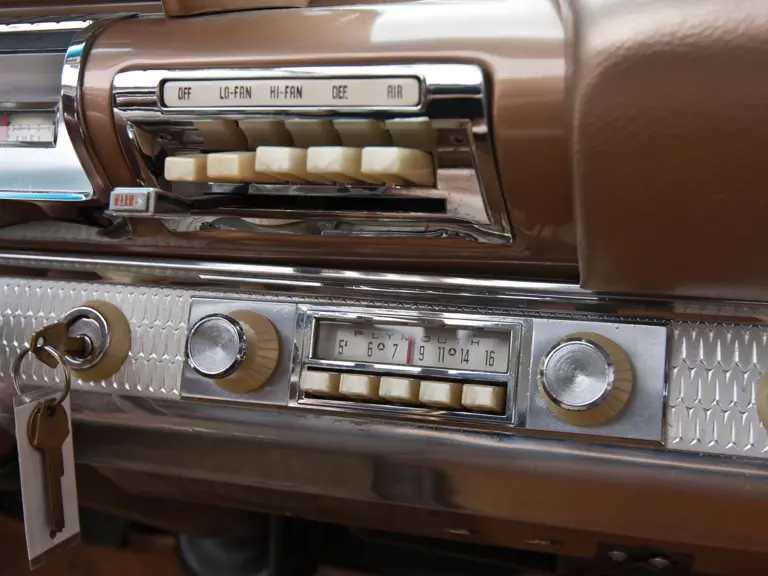
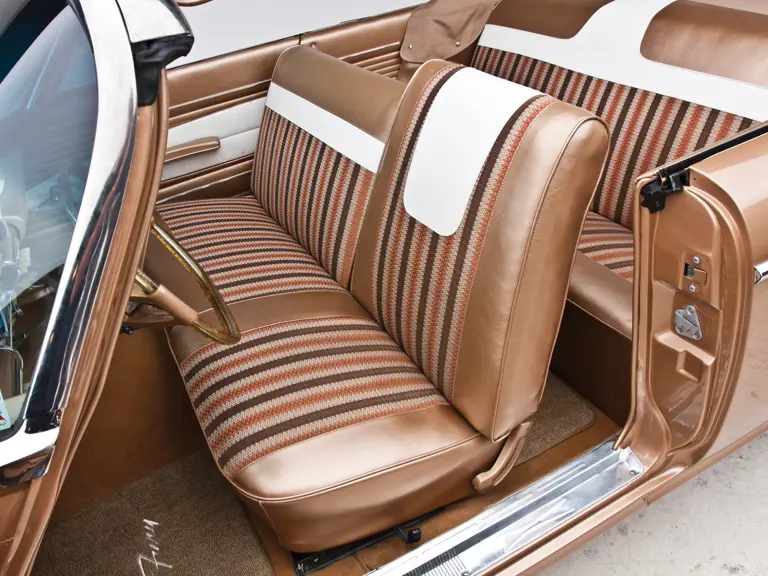
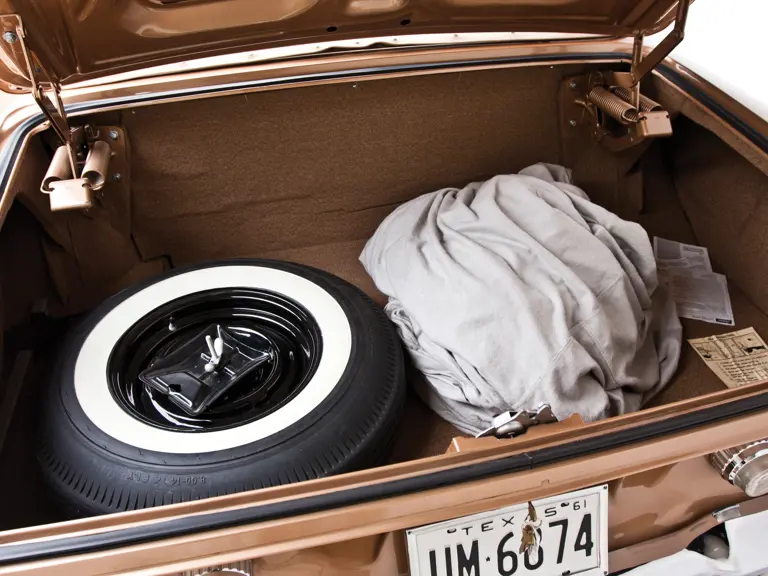
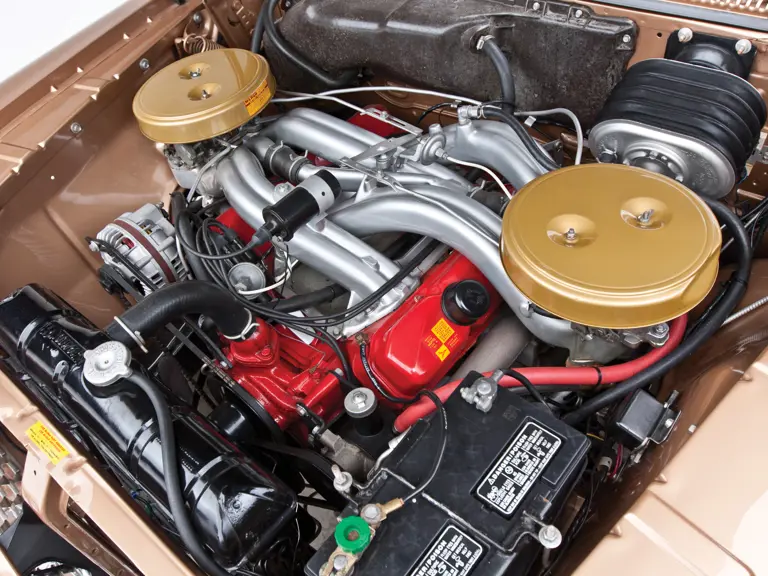
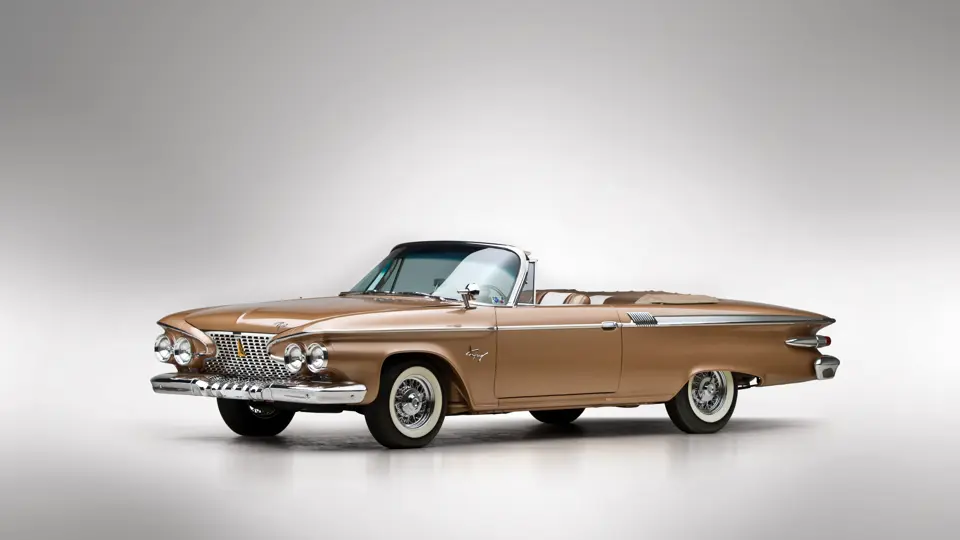
 | North Palm Beach, Florida
| North Palm Beach, Florida
